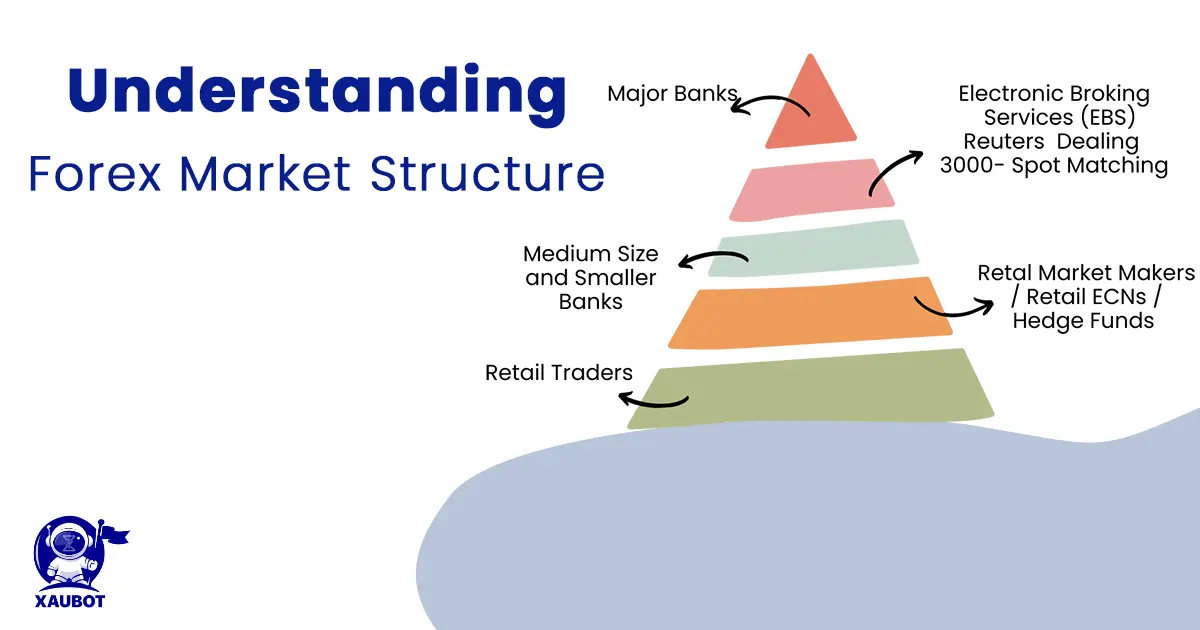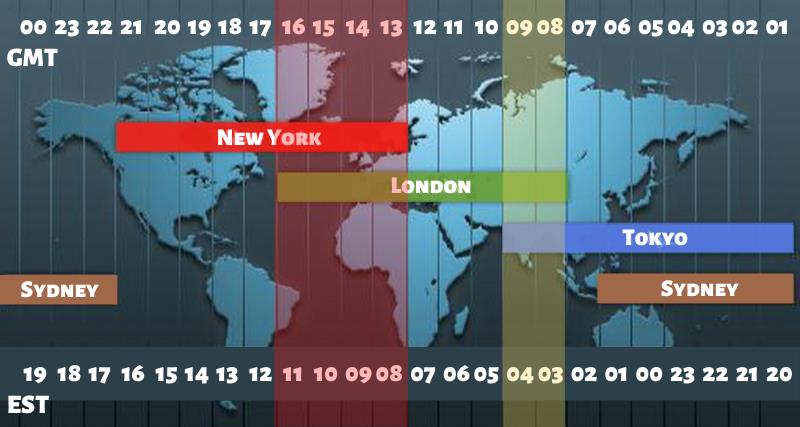How to trade Forex?
Ready to master the art of Forex trading? Join us as we unveil the strategies, tools, and techniques to navigate the global currency markets successfully.
Currencies are exchanged around the clock throughout the globe. With an estimated $6 trillion in daily turnover, the Forex market generates immense opportunities for traders practically every hour of the week.
Thanks to technology, any trader can easily explore the lucrative opportunities available in the Forex market. However, where there is potential reward, there is also risk. This article provides a step-by-step guide to help you get started with your Forex trading journey in the right way. In addition, we’ll also present popular forex trading strategies and tips.

FX Pair Structure
Forex transactions always involve two currencies, forming what’s known as a currency pair (e.g., EUR/USD). In this example, the Euro (EUR) is the base currency, while the US dollar (USD) is the quote currency. The price of a currency pair indicates how much of the quote currency is required to purchase one unit of the base currency.
For instance, if EUR/USD is quoted at 1.2000, it means 1 Euro can be exchanged for $1.20. The exchange rate fluctuates due to various factors such as economic data releases, geopolitical events, and changes in market sentiment.
:max_bytes(150000):strip_icc()/GettyImages-483658563-fbe002bf7f6d467a94d87cd153ddfa73.jpg)
Types of Currency Pairs
- Major Pairs: These include the most traded currencies in the world, often paired with the US Dollar (e.g., EUR/USD, GBP/USD, USD/JPY). Majors usually have high liquidity and tighter spreads.
- Minor (Cross) Pairs: These currency pairs do not involve the US Dollar. Examples include EUR/GBP and AUD/JPY. While they can still be liquid, their spreads might be wider compared to major pairs.
- Exotic Pairs: These combine a major currency with the currency of a developing or emerging economy (e.g., USD/TRY or GBP/MXN). Exotic pairs often have lower liquidity and higher volatility.
Understanding the nature of each type helps traders select the right pairs that match their risk appetite and trading strategy.

Forex Trading Terminology
- Spread: The difference between the bid (sell) and ask (buy) price of a currency pair.
- Pip: The smallest price increment, usually the 4th decimal place in most currency pairs.
- Leverage: Allows traders to open larger positions with smaller capital. For example, 1:100 leverage means you control $100 for every $1 in your account.
- Margin: The amount of money required to open and maintain a leveraged position.
- Lot: A standardized trade size. A standard lot is 100,000 units of the base currency, while mini lots and micro lots are smaller increments.
- Going Long/Short: ‘Long’ means buying a currency pair in anticipation of the price rising. ‘Short’ means selling a currency pair, expecting the price to fall.

The Main Forex Market Participants
The Forex market is composed of various entities, each with specific roles and objectives:
- Commercial Banks & Financial Institutions: They facilitate large currency transactions for corporate clients and engage in proprietary trading to profit from currency fluctuations.
- Central Banks: Oversee a country’s monetary policy and currency stability. Their decisions (e.g., setting interest rates) have a significant impact on exchange rates.
- Multinational Corporations: Require currency exchange for international trade or hedging foreign exchange risk on overseas revenue.
- Retail Traders & Brokers: Individual traders who speculate on currency prices using online platforms. Brokers provide access to the market, typically via leveraged accounts.
Understanding how these participants interact helps traders anticipate market movements and potential volatility.

Forex Trading Sessions
The Forex market operates through multiple trading sessions around the globe:
- Tokyo Session (Asia): Begins around 00:00 UTC and ends by 09:00 UTC. Major currency pairs involving the Japanese yen (JPY) can see higher volatility.
- London Session (Europe): Opens around 07:00 UTC and closes by 16:00 UTC. This session often sees the largest daily trading volumes.
- New York Session (North America): Begins around 12:00 UTC and ends by 21:00 UTC. Significant overlaps with London create strong volatility.
The best time to trade often depends on currency pair liquidity and volatility preferences.

Forex Charts & Indicators
Technical analysis often relies on charts to track price movements over time. Popular chart types include line charts, bar charts, and candlestick charts, which offer insight into opening, closing, high, and low prices within a given period. Indicators like Moving Averages, RSI (Relative Strength Index), and MACD can help traders identify trends and potential entry/exit points.
Mastering chart analysis is a critical step in developing a consistent trading strategy.
Risk Warning
Forex trading involves significant risk of loss and is not suitable for all investors. Leverage can work both to your advantage and disadvantage. Before deciding to trade Forex, carefully consider your investment objectives, level of experience, and risk appetite. You could sustain a loss of some or all of your initial investment.
Always seek independent financial advice if you have any doubts.
